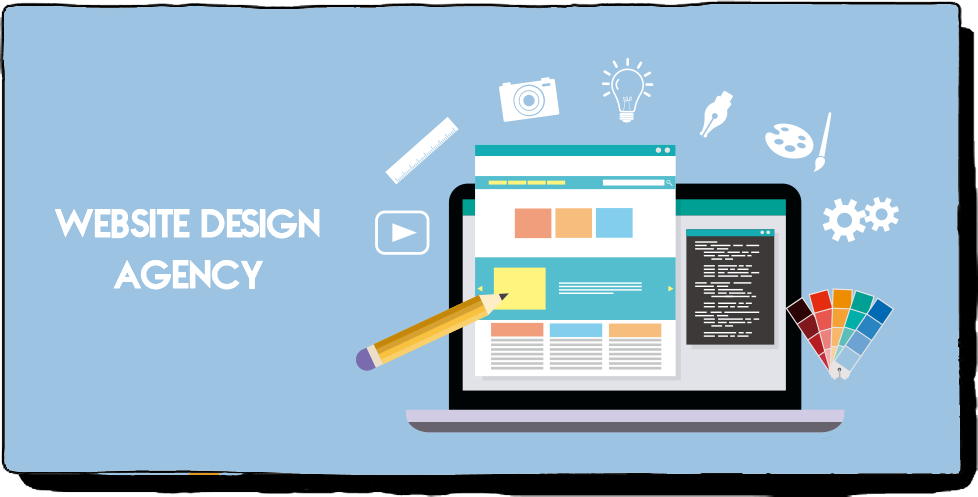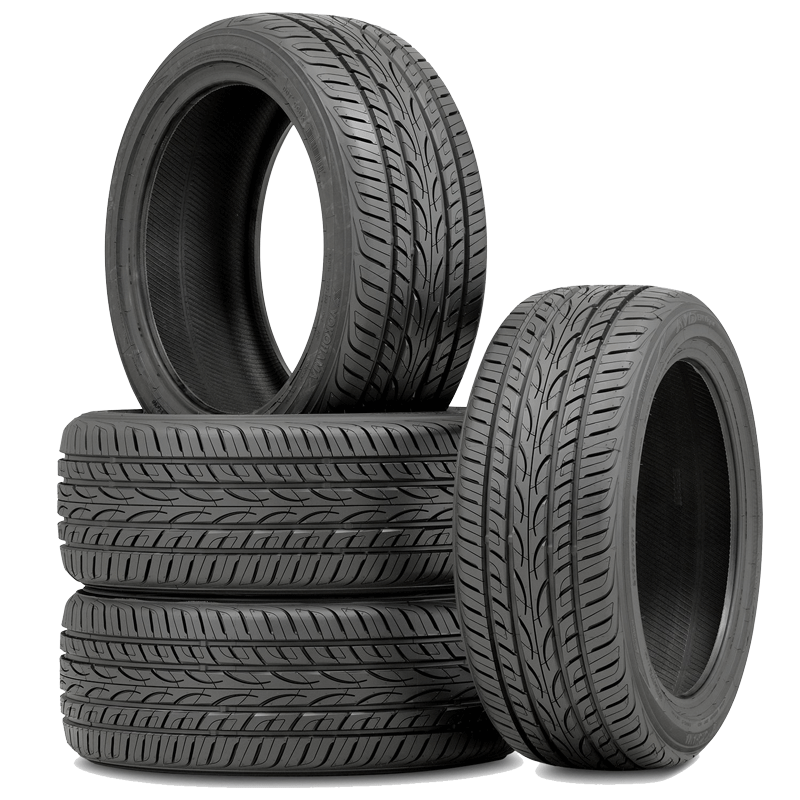In the competitive landscape of modern business, establishing a strong, professional presence is crucial. Two key elements that contribute to a successful business image are effective business card printing and an outstanding website. This article explores the significance of business card printing and the process of finding the Best Website Developer to help businesses create a robust brand identity and digital footprint.
Business Card Printing: Crafting a Lasting Impression
Business Card Printing remain a fundamental tool for networking and professional communication. Despite the digital age’s influence, a well-designed business card can make a memorable impression and serve as a tangible reminder of your brand.
Key Aspects of Effective Business Card Printing
Design and Branding: A business card should reflect your brand’s identity through its design. This includes incorporating your company’s logo, color scheme, and fonts to ensure consistency with other branding materials. A visually appealing and professional design helps in creating a positive first impression.
Quality of Materials: The choice of paper and printing quality affects the overall perception of your business. High-quality paper, such as matte or glossy finishes, and professional printing techniques like embossing or foil stamping, can enhance the card’s durability and aesthetic appeal.
Information Layout: Clear and concise information is essential. Include key details such as your name, job title, company name, phone number, email address, and website URL. Ensure that the layout is organized and easy to read, avoiding clutter and excessive information.
Customization: Customization options such as unique shapes, textures, and finishes can make your business card stand out. While traditional rectangular cards are common, exploring creative formats can leave a lasting impression on recipients.
Call to Action: Incorporate a call to action or a memorable element that encourages recipients to engage further with your business. This could be a QR code linking to your website, a special offer, or a unique design feature.
Consistency with Digital Branding: Ensure that your business card design aligns with your digital branding. Consistency across physical and digital platforms reinforces your brand identity and professionalism.
Benefits of Professional Business Card Printing
First Impressions: A well-designed business card creates a positive first impression, helping to establish credibility and professionalism in face-to-face interactions.
Networking: Business cards are essential tools for networking, providing a convenient way to share contact information and facilitate future communication.
Brand Recognition: Consistent branding through business cards helps reinforce your company’s image and increases brand recognition among potential clients and partners.
Tangible Connection: A physical business card serves as a tangible reminder of your brand, increasing the likelihood that recipients will recall and engage with your business.

Finding the Best Website Developer: Building an Effective Online Presence
A well-designed website is crucial for establishing a professional online presence and attracting potential clients. Finding the best website developer is key to creating a site that meets your business goals and effectively engages your audience.
Key Considerations for Choosing a Website Developer
Experience and Expertise: Look for a developer with a proven track record of designing and developing websites that align with your industry and business needs. Review their portfolio to assess the quality and variety of their previous work.
Technical Skills: Ensure that the developer possesses the necessary technical skills, including proficiency in web development languages (HTML, CSS, JavaScript), content management systems (CMS) like WordPress or Shopify, and familiarity with SEO best practices.
Design and User Experience (UX): A good website developer should have a strong understanding of design principles and user experience. The website should be visually appealing, easy to navigate, and optimized for a seamless user experience across different devices.
Customizability and Functionality: Evaluate the developer’s ability to create a customized website that meets your specific needs. This includes integrating necessary functionalities, such as e-commerce features, contact forms, or booking systems, based on your business requirements.
SEO and Performance: The developer should implement SEO best practices to enhance your website’s visibility in search engine results. Additionally, they should ensure that the website is optimized for fast loading times and performance.
Support and Maintenance: Consider the level of ongoing support and maintenance the developer offers. A reliable developer should provide post-launch support, including troubleshooting issues, performing updates, and ensuring the website remains secure and functional.
Cost and Budget: Obtain detailed quotes and understand the pricing structure. While cost is a significant factor, prioritize quality and value for money. Ensure that the developer provides a clear breakdown of costs and any additional fees.
Benefits of Hiring the Best Website Developer
Professional Design: A skilled developer ensures that your website is professionally designed, reflecting your brand’s image and creating a positive impression on visitors.
Enhanced Functionality: A well-developed website includes necessary functionalities and features that support your business operations, such as online sales, customer interactions, or content management.
Improved User Experience: Effective design and development result in a user-friendly website that enhances navigation, engagement, and overall user satisfaction.
Search Engine Visibility: Implementing SEO best practices helps improve your website’s ranking in search engine results, driving organic traffic and increasing visibility.
Technical Support: Professional developers provide ongoing support and maintenance, ensuring that your website remains up-to-date, secure, and operational.
Integrating Business Card Printing and Website Development
Combining effective business card printing with a strong online presence enhances your overall branding and marketing efforts. Here’s how to integrate these elements:
Consistent Branding: Ensure that your business cards and website have a consistent design that reflects your brand identity. This creates a cohesive and professional image across all touchpoints.
QR Codes and Links: Consider incorporating QR codes on your business cards that link to your website or specific landing pages. This provides an easy way for recipients to access more information and engage with your brand online.
Cross-Promotion: Use your website to showcase your business cards and promote them as part of your marketing materials. Similarly, your business cards should include your website URL to encourage online visits.
Unified Messaging: Ensure that the messaging on your business cards aligns with the content and tone of your website. Consistent messaging reinforces your brand’s value proposition and enhances recognition.
Conclusion
Both business card printing and finding the best website developer are essential components of building a successful business identity. Effective business cards help create memorable first impressions and facilitate networking, while a well-designed website establishes a strong online presence and engages potential clients. By focusing on high-quality business card printing and partnering with a skilled website developer, businesses can enhance their brand image, improve customer interactions, and achieve long-term success in today’s competitive market. Integrating these elements seamlessly ensures that your brand is presented consistently and professionally across both physical and digital platforms.

